How to grow apricot from the bone? How to care for seedlings and grown seedlings? Is it possible in such a way to grow apricot tree in a cold climate?
Content |
We will try to answer all the questions in this article. The phased technology of growing apricot from the bone will help to cope with the task even to the novice gardener - the experimentator.
Fascinating, although the time consuming, the process of growing fruit and high-yielding wood apricot, will require patience and certain knowledge. Observing the main recommendations and advice of experienced gardeners, after 3-5 years, a seedling, grown from a small bone, will turn into an adult tree with honey and sweet fruits.
Benefits of growing bone apricots
In our time, it is easy to grow apricot, buying any variety of ready-made seedlings, but many gardeners prefer a more complex and long-term process of growing apricot - from a bone. Let's figure it out for reasons.
- First, the cultivation of the bone apricot absolutely does not require cash investments, such as, for example, when buying a varietal plant seedling. And considering that for successful pollination it is better to plant several trees, costs are significantly increasing.
- Secondly, many gardeners believe that the trees grown in this way will provide higher and stable yields of apricot fruit. In addition, having a large number of stones, after their germination, there is a huge selection of the selection of the strongest seedlings.
- Thirdly, real gardeners do not think their garden work, without creative experiments in breeding. Growing a tree from a bone - just the case. After all, when planting an apricot from a bone, the varietal qualities of the parent plant are extremely rare and new varieties are often outlined.
- Fourth, gardeners practicing this method of cultivation of trees, are confident in stronger adaptation and endurance of such seedlings to local gravity conditions.
- And the last: grown of bone, apricot trees, it became fashionable to use as an unusual room plant.
Of course, with all the listed advantages and advantages of the seed method of breeding a wood plant, there is a mass of flaws. The probability of obtaining "diet" and the need for further vaccination of the plant, the high duration and complexity of the reproduction process will require a lot of patience, attention and strength.
Landing the bone is different from landing by the seed that all sprouts of planted open seeds are becoming, as a result, wild. Most of the grown trees from the stones will have large varietal fruits, superior, sometimes in quality, even "parents".
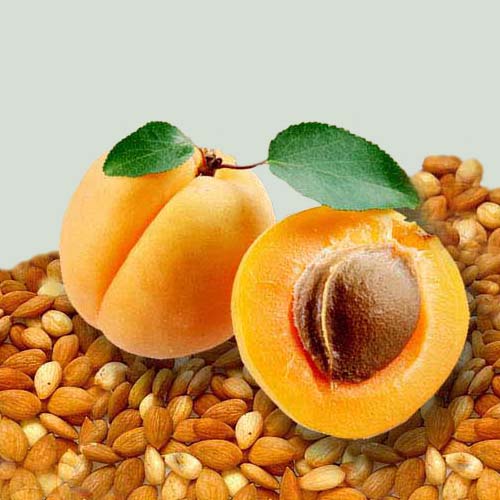
Varieties of apricots suitable for bone reproduction
- Selecting the grade apricot for planting a bone, one should stop its choice in varieties growing in your area. Adapted to local climatic conditions and soils, cultures will be able to successfully develop and fruit. Seeds of imported, bought in the store, fruit apricot, on the contrary, will not be able to show the desired result. They will most likely die by seedlings.
- Most apricot varieties are growing without problems in the warmth, southern climate. This is due to the fact that this culture is considered asian, preferring heat, sunlight and not harsh winters.
- Many gardeners practice landing frost-resistant and highly viable apricot varieties growing in the Far East and Siberia. Such high-yielding varieties of apricot, like: "Manchurian", "Siberian", "Khabarovsky", "Academician" "Peter Komarov" withstand 30 degree frosts and can be cultivated in the middle lane of Russia.
- Winter-hardy varieties of apricot "Triumph North", "Lel", "Alyosha", "Zeus" are optimally suitable for cultivation in the Moscow region. High taste quality and plant yield are not inferior to the varieties of southern trees.
- The complex climatic conditions of the Urals suggest high endurance of apricot trees. Therefore, for the northern regions, such varieties will be optimal: "Kichiginsky", "Snezhinsky", "piquant", "Golden nectar", "Chelyabinsky Early", "Seraphim", "Uralets".
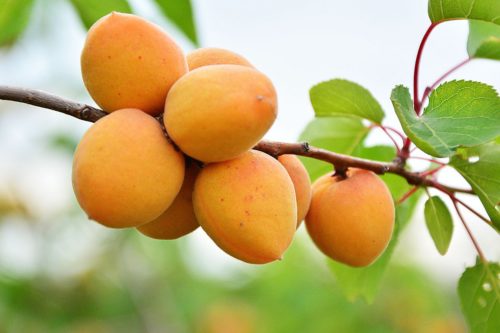
Landing apricots bone
To get healthy and viable seedlings from the bone, it is important to comply with all stages of landing: from the preparation of the planting material, the immediate landing in the soil and before the care of the appears.
Dates of planting apricot
- You can land apricot bones in the ground as spring (April) and in the fall (October).
- It is better to do in the middle of the season so that the Earth is finally warmed up (if it is spring sowing) or before the onset of the first frosts (in the case of autumn landing).
- It is also practiced to plant a bone "from the mouth" - and in the soil. For seed rates, this is usually a summer period. But, gardeners note that such shoots are not very viable in the future.
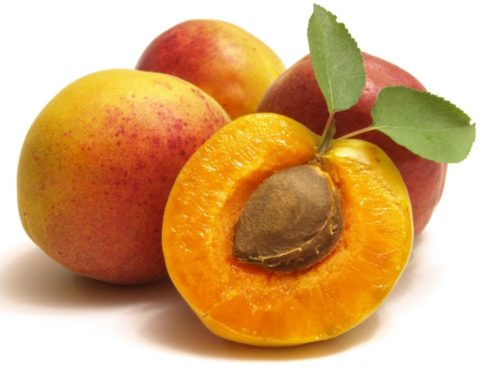
Selection and preparation of planting material
- For sowing a bone, you choose the highest quality, sweet and ripe (even even overwhelmed) fruits. The pulp should be easily separated from the bone.
- The bones are harvested as much as possible, given the low germination according to the resort processing.
- Before sowing, the bones are well washed from the pulp and poured with water. The pop-up empty bones emit, they will not sprout.
- The remaining bones are disinfected in a weak solution of manganese for 12-14 hours.
- After such disinfection, the bones are soaked for 10 days in warm water. Every day, water in the container must be changed.
- After soaking, the strokes undergo an important technological stage - stratification (hardening low temperatures). Downloading seeds is carried out both before sowing and after it.
- In the first case (before sowing), the bones are placed in a paper bag or a plastic container, shrink them with wet sand and placed in a cool place (for example, a refrigerator or basement) for about 100 days. Instead of sand, you can use wood sawdust or moss. The optimal temperature regime is from 0 ° to + 2 ° C. If the mold appeared on the bone, it is necessary to treat their hydrogen peroxide.
- After-receiving hardening is carried out by planting apricot bones into the sandy ground to a depth of no more than 5 cm. Capacities with seeds are wrapped with a polyethylene film (with several small holes for airborne) and put in a cold place.
- If the seeds have not passed, the stratification described above, the emergency hardening can be applied. At the same time, the bones are poured with very cold water (snow) for 3-4 days, changing it daily. Then the bones are placed in wet sand and several times be frozen them. Next, the seed material is stored before disembarking at + 3-4 ° C.
Such a simple technology for preparing the bone to landing helps to take the most resilient specimens, whose seedlings, in the future, will be the most endless, strong and viable.
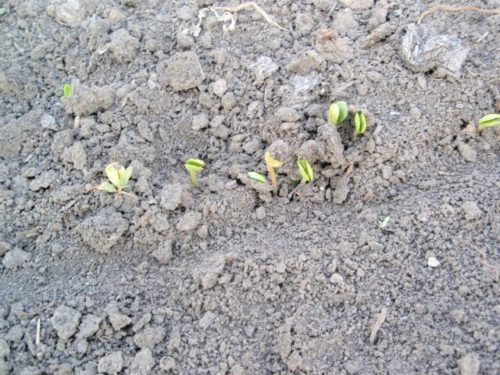
Features of planting apricot bones
How to put the bones of apricots correctly? This is perhaps one of the most important issues in crop growing. Consider a phased scheme for planting apricot bones.
- For natural hardening, prepared bones recommend landing in autumn, right into open ground, and not in pots. Saplings grown in the domestic room will not be adapted to the natural climate and, most likely, will die in winter.
- Place for landing the seeds are chosen open and illuminated, but protected from drafts.
- The bones are planted in autumn, in pre-prepared trenches, to a depth of about 5-6 cm with an interval of 10 cm. When planting in the spring, the depth of the trench is reduced to 3-4 cm.
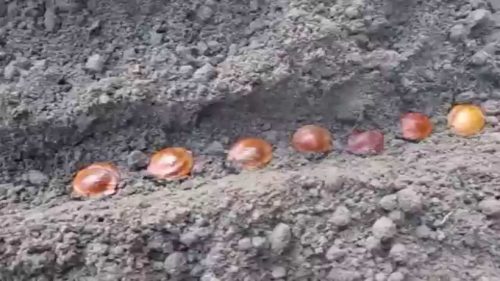
- The soil on the plot should be lightweight, with an admixture of sand and humus.
- In the spring, severitions of overwhelmed, strong copies of fruit culture appear.
- Growning on the garden, seedlings transplanted for a permanent place only in a year next spring (or autumn). The first fruits appear in 5-6 years after landing.
- In the event of a bone landing immediately at a permanent place (without subsequent transplantation), gardeners celebrate the extraordinary endurance of the future tree. In addition, the plant begins to be fruitful (for 3-4 years). In this case, you need to plant a few bones, and then leave one, the strongest, seedling.
- If the bone apricot is grown in domestic (pot) conditions, you need to land the treated bone into a pot or container with a special soil (you can take a ready-made mixture for seedlings). The drainage layer is placed on the bottom of the tank, covered with soil mixture from above. In the wells, not deeper than 5 cm, lay apricot bones. To germinate seeds, it is important to provide regular watering. You can also close the container with a film, but do not forget to ventilate, and when the first shoots will appear - remove the film. The container must be in a light and warm place (+ 20-24 ° C). In the warm season, seedlings can be placed on the street (in the summer heat - in the half-day). In a year, the grown seedlings can be planted in open soil (although they will be much less endeavible than grown on the site) or leave as a room plant. Considering that Apricot is a leaf fall plant, for the winter, pots with seedlings (or adult plants) are placed in a cool place for wintering.
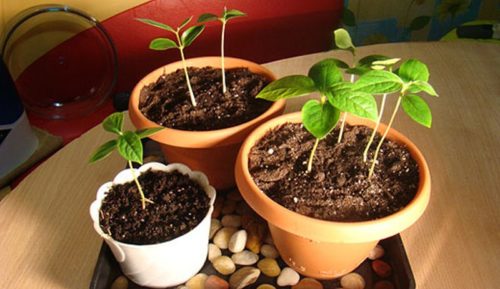
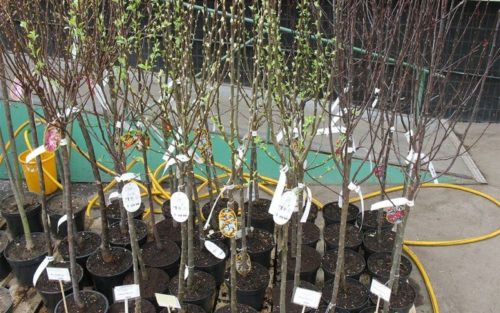
- When transplanting annual seedlings (next spring), choose a solar and windless place with fertile soil, better loam or weaklyarbonatic soil. It is undesirable and a close arrangement of groundwater, given the surface root system of perennial. Make holes in size about 50x50x50 cm, added to the soil of fertilizers (humid, wood ash, superphosphate, sulfate potassium). The wells up to half fall asleep soil, placed a seedling on a low holmik, paint the roots and smash the soil, the tampering of the rumor space. Making a small soil roller around the seedling, the plant is abundantly watered with water.
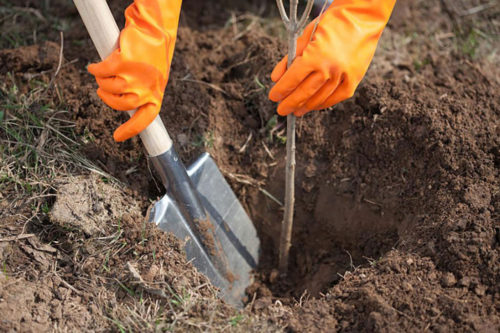
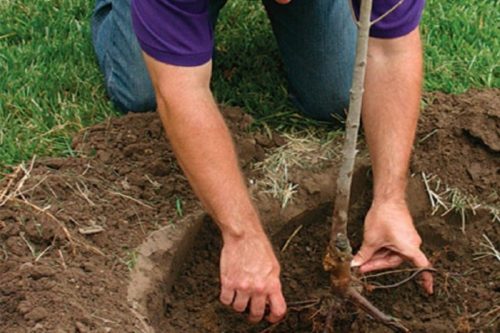
- For pollination and good fruiting apricot, gardeners recommend landing on the plot not one seedling, but at least 3-4 wood. The distance between the seedlings should be about 2-3 m.
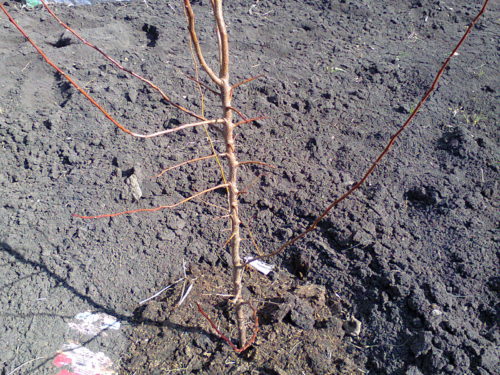
Apricot seedlings care
- In the first year of life, the emerging seedlings on the garden is better to protect from birds and rodents, covering them with plastic bottles (with cut bottom). Weak and sick shoots are selected, leaving strong and tall.
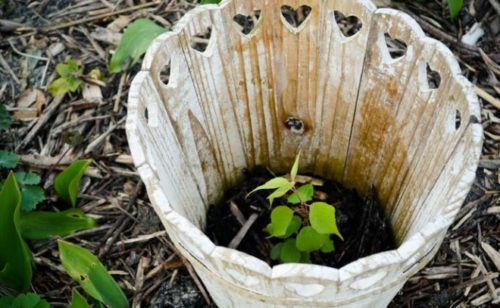
- Care for seedlings is regular irrigation, weed removal and surface loosening. Mulching of the priority space sawdust prevents the evaporation of moisture and protects from weeds. From the second half of the summer, watering is canceled so that the wood of shoots rushes to the onset of cold.
- Also, seedlings are cut off, removing damaged, weak and shortening too long, aggressive shoots. Slices are smeared with garden ward. During this period, the formation of the crown begins and the formation of the crown begins: the one-year seedlings remove the top and form a low-suite shape of the branches.
- For the formation of powerful shoots, for the second year of life, the seedlings are fed by divorced manure, litter, uniform or any power.
- From pests, apricot can damage the solar, fruit and leaflet. Tar can be washed off with soapy water, and other pests are manually assembled. The most common fungal disease of culture is moniliosis. Infeitation, seedlings are treated with a solution of copper mood. For the prevention of diseases and protection against rodents, gardeners are carried out by whitening a saznitz saber with a lime mixed with copper vitrios. To prevent diseases of the tree of wood, near the priority site, the fallen leaves are removed in the fall. When the RAS or cracks appears on the trunk of the RAS or cracks - they should be mastered by Kuzbaslak or Garden Warr.
- For the winter, the seedlings are better to insulate, cover with dry foliage or shutting with bags.
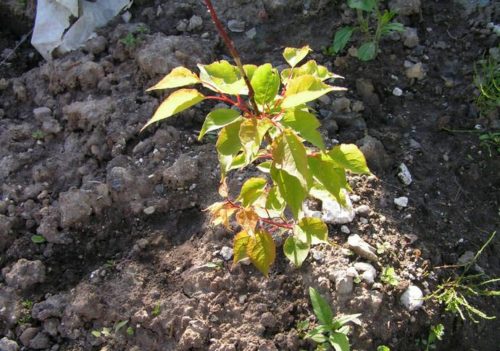
Application apricot
- Sweet fruits are not only a delicious delicacy, it is a valuable and healthy fruit saturated with vitamins and fruit acids. Apricot makes a lot of culinary masterpieces: compotes, jams, marmalade, alcoholic tinctures and dried fruits.
- Apricot bones are widely used in pharmacology as a cosmetic. Based on them make cream, scrubs, oil and masks.
- Apricot kernels also apply in medicine as an antitumor agent. The presence of a large amount of vitamin B 17 has a healing effect on the body.
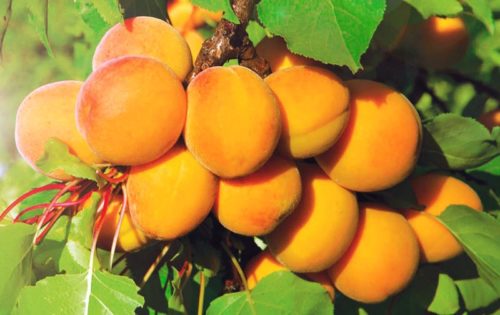
So, in detail of disobeying the planting and leaving of the bone apricot, you can draw the following conclusions:
- The process of growing a seedling is quite time-consuming, long and complex. At the same time, such a procedure absolutely does not require any investment.
- Thus, the trees are completely unpretentious in leaving, they have high endurance and viability, including in cold regions with poor soil.
- The resulting varieties of trees differ from parental individuals as a rule for the better. Although there are risks of obtaining, for example, apricot diet.

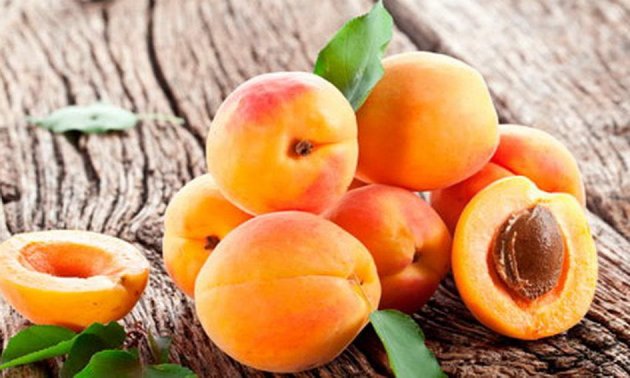
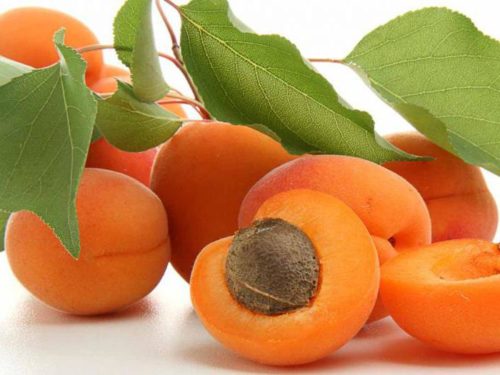
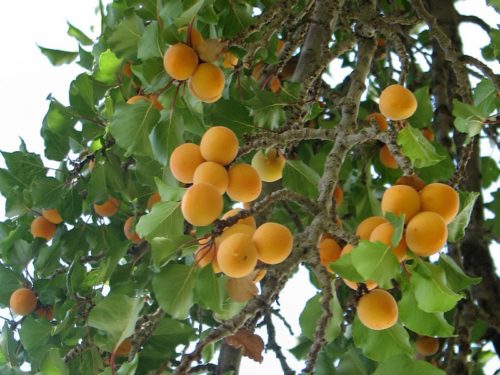












 Start a discussion ...
Start a discussion ...